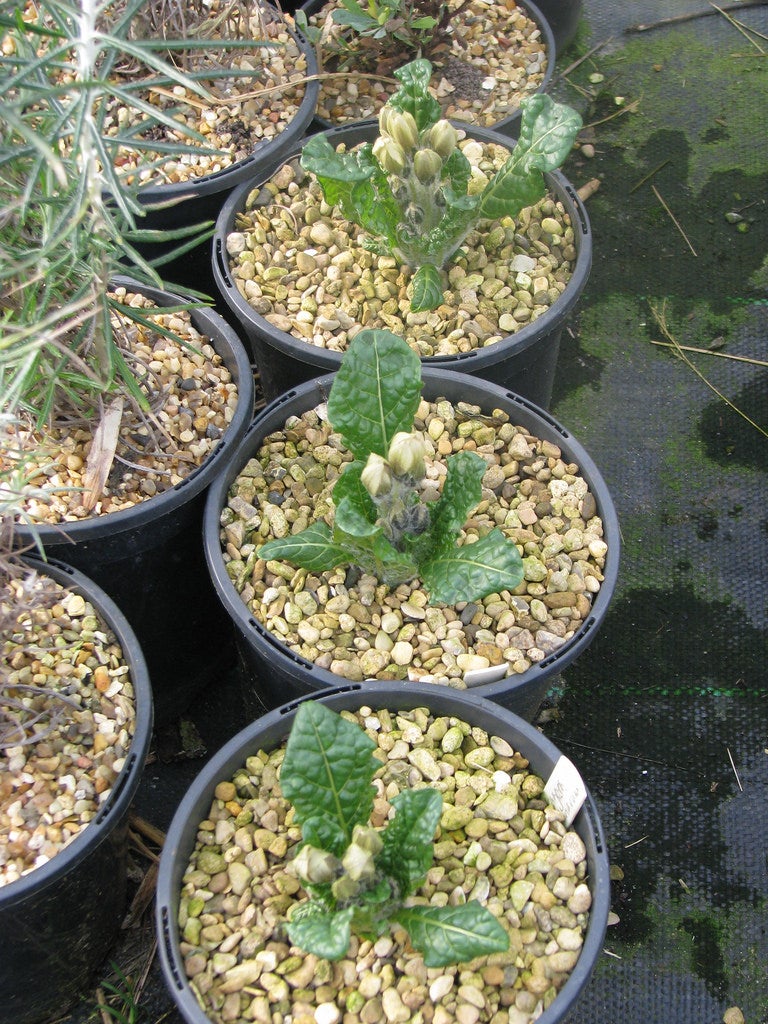Potted Mandrake Care: Can You Grow Mandrake In Planters


The mandrake plant, Mandragora officinarum, is a unique and interesting ornamental plant surrounded by centuries of lore. Made famous in recent years by the Harry Potter franchise, mandrake plants have roots in ancient culture. While legends of screaming plant roots may sound terrifying to some, this petite flower is a beautiful addition to ornamental containers and flower plantings.
Container Grown Mandrake Plants
The process of growing mandrake in a container is relatively simple. First and foremost, gardeners will need to locate a source of the plant. While this plant may be difficult to find at some local garden centers, it is likely available online. When ordering plants online, always order from a trusted and reputable source in order to ensure that plants are correctly labeled and disease-free.
Mandrake plants may also be grown from seed; however, the process of germination may prove extremely difficult. Mandrake seeds will require a period of cold stratification before successful germination can take place. Methods of cold stratification include soaking in cold water for several weeks, a month-long cold treatment of the seeds, or even treatment with gibberellic acid.
Container-grown mandrake will require adequate space for root growth. When growing mandrake in planters, pots should be at least twice as wide and twice as deep as the root ball of the plant. Planting deeply will allow for the development of the plant’s long taproot.
To plant, make certain to use well-draining potting soil, as excess moisture may cause issues with root rot. Once the plant has started to grow, situate it in a well-lit location that receives ample sunlight. Due to the toxic nature of this plant, make certain to place it away from children, pets, or any other potential hazards.
Water the plants on a weekly basis, or as required. To prevent overwatering, allow the top couple inches (5 cm.) of soil to dry before watering. Potted mandrake plants can also be fertilized with the use of a balanced fertilizer.
Due to the growth habit of these plants, mandrake in pots may go dormant throughout the hottest portions of the growing season. Growth should resume when temperatures have cooled and the weather has stabilized.
Sign up for the Gardening Know How newsletter today and receive a free copy of our e-book "How to Grow Delicious Tomatoes".

Tonya Barnett has been gardening for 13 years. Flowers are her passion. She has transformed her backyard into a cut flower garden, which she regularly chronicles on her YouTube channel http://www.youtube.com/@tonyawiththeflowers.